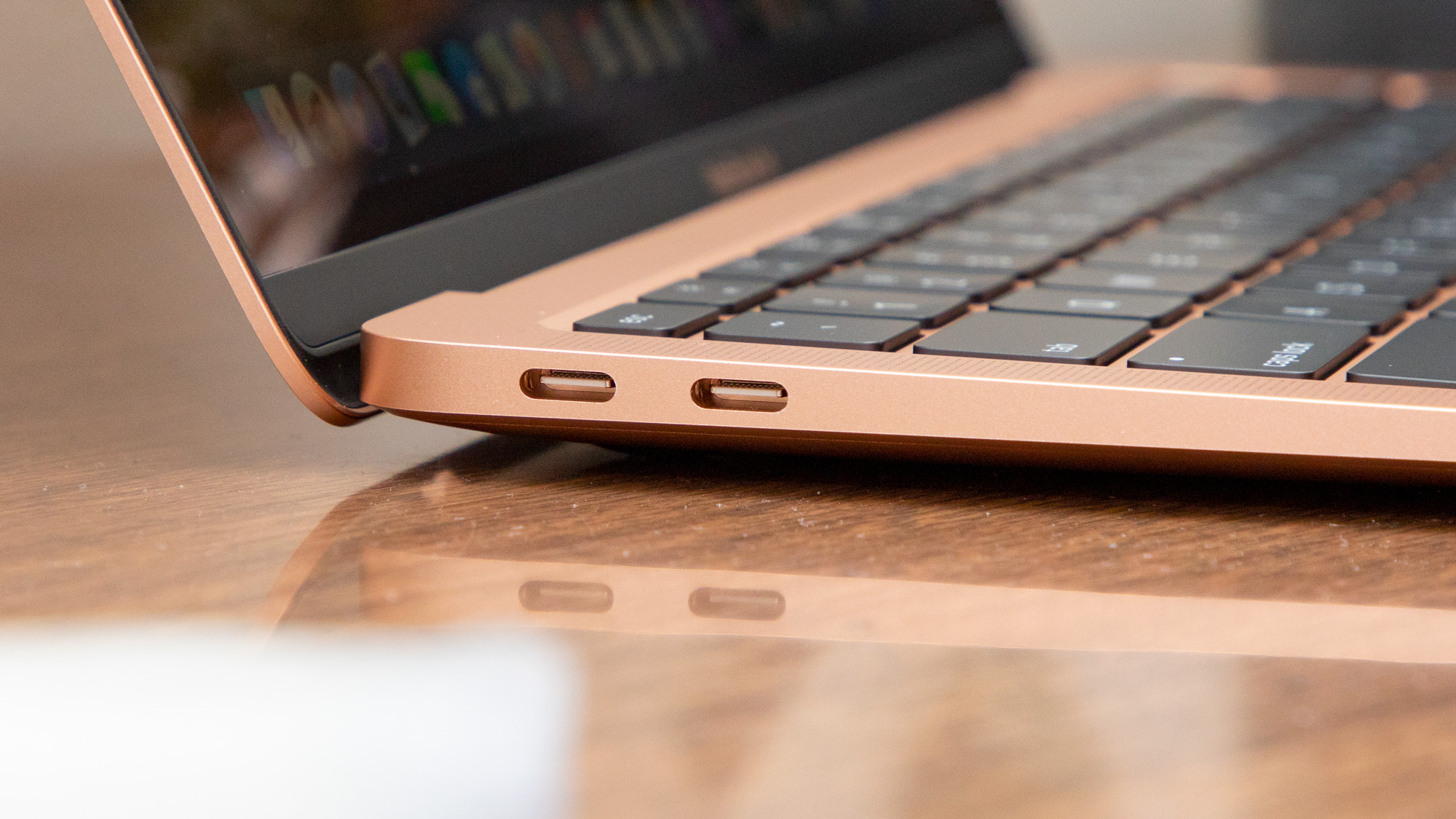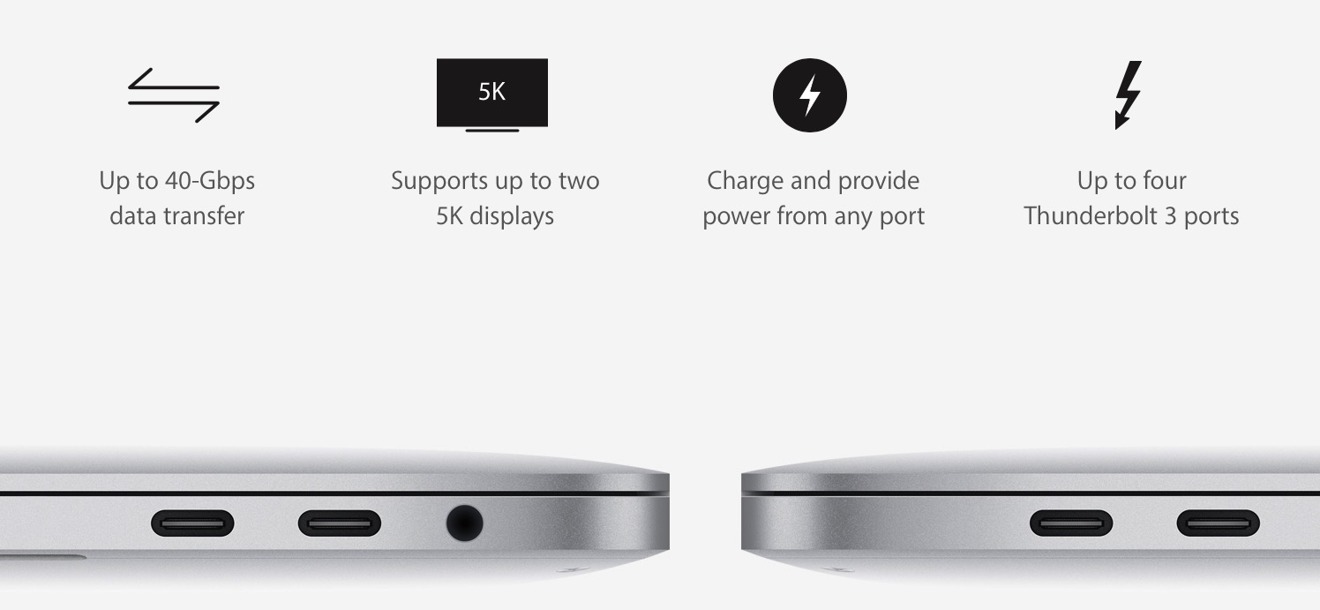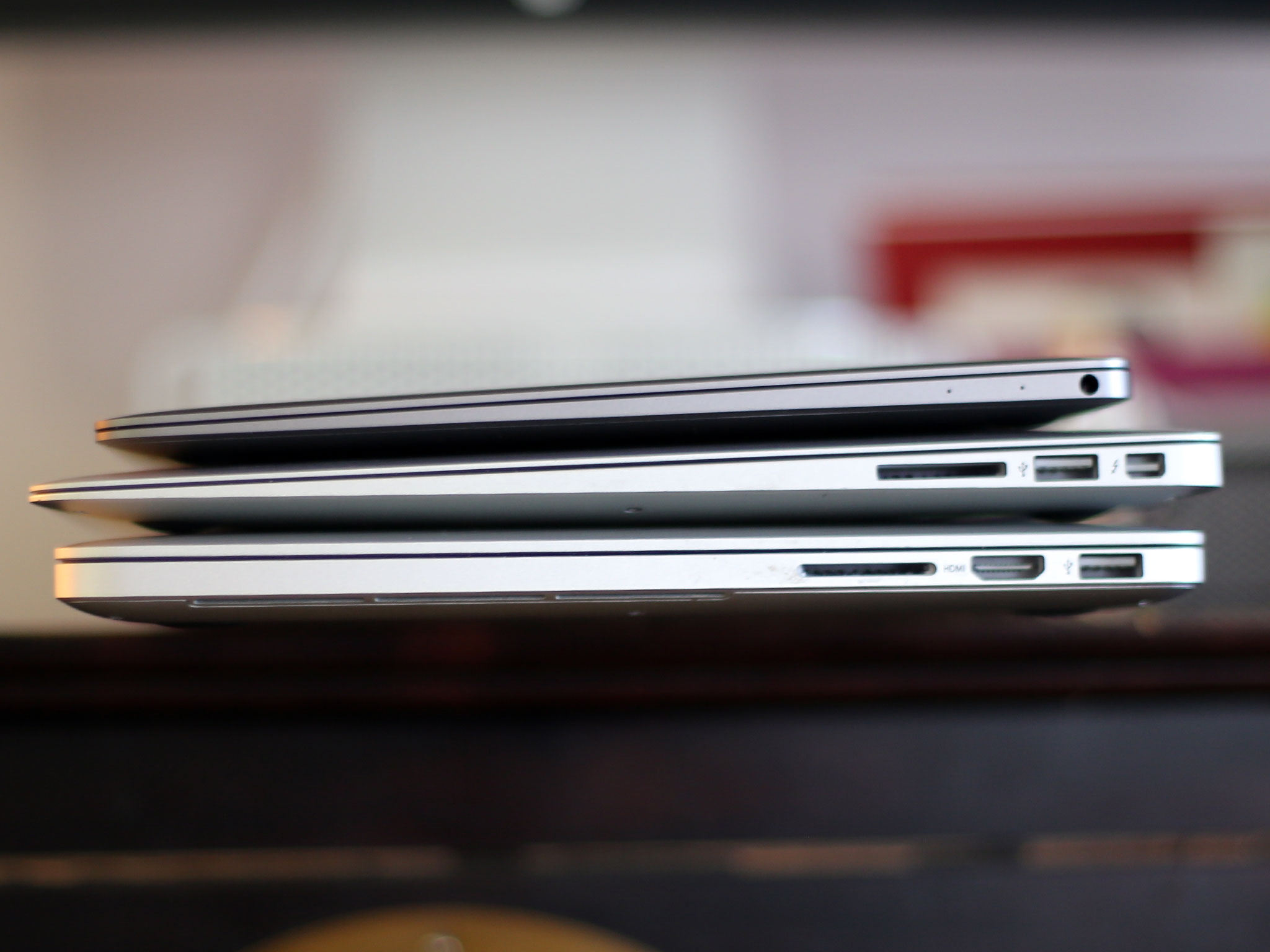
However, the USB 3.0 product will perform at the same level as a USB 2.0 product, so speed and power benefits will not be fully realized. From Left to Right: Micro USB Type AB, Micro USB Type B, USB 2.0 Type A, USB 2.0 Type B, USB 3.0 Type A, USB 3.0 Type B, USB 3.0 Type Micro B, Min USB Type A connector Backward Compatible Various types of USB Connectors (click to enlarge). USB 3.0 Connectors are different from USB 2.0 Connectors and the 3.0 connectors are usually colored blue on the inside in order to distinguish them from the 2.0 connectors. When the device is ready then, it will send an Endpoint Ready (ERDY) to the host which will then reschedule the transaction. If there is lack of buffer space or data, it responds with a Not Ready (NRDY) signal to tell the host that it is not able to process the request. If accepted, the device sends data or accepts data from the host. The device either accepts the request or rejects it. When data is being transferred through USB 3.0 devices, cables, and connectors, the transaction is initiated by the host making a request followed by a response from the device. Improved bus utilization: A new feature was added (using packets NRDY and ERDY) to let a device asynchronously notify the host of its readiness.More bandwidth: Instead of one-way communication, USB 3.0 uses two unidirectional data paths, one to receive data and the other to transmit while USB 2.0 can only handle only one direction of data at any time.The USB 3 devices provide more power when needed and conserve power when the device is connected but idling. Power consumption: USB 2.0 provides up to 500 mA whereas USB 3.0 provides up to 900 mA.Additional wires required more space in both the cables and connectors, so new types of connectors were designed. Addition of another physical bus: The amount of wires was doubled, from 4 to 8.Transfer rates: USB 2.0 offers transfer rates of 480 Mbps, and USB 3.0 offers transfer rates of 4.8 Gbps - 10 times faster.USB 3.0 Highlights and Benefits over USB 2.0 However, backwards compatibility will be limited. And the option to connect to and power any type of device, with 100 watts of charging power that can be divided between two devices, greatly reduces "charger and cable clutter," simplifying connectivity between personal devices. Data transfer speeds are more in sync with current app and user needs, especially for video and image files. but still robust enough for 10,000 cycles of use. The C-type connector is small enough for modern, slim devices, such as MacBook Air-type notebooks, tablets, and smartphones.

It offers three major improvements over 3.0: an "always right" C-type connector that plugs in without regard to orientation, higher data transfer speeds of up to 10 Gbps (gigabits per second), and the capacity to power any type of device. The newest standard is for USBs is USB 3.1.

Over five years later, in 2014, USB 3.1 was released with widespread use expected in 2015.

USB3.0 was released in November 2008, almost eight years after the release of USB 2.0.

As the number of devices multiplied in quantity and types, the USB port was adopted as the basic connection portal.ĭevices like smartphones, PDAs, tablets, smartphones and video game consoles can connect to computers with USB ports allowing recharging and communication thereby replacing the requirement of adapters and power chargers.
Macbook air usb 3.0 port or 2.0 serial#
Developed in the 1990s, the Universal Serial Bus (USB) standard was developed to define communication protocols, including cables and connectors, between computers and electronic devices such as printers and scanners.


 0 kommentar(er)
0 kommentar(er)
